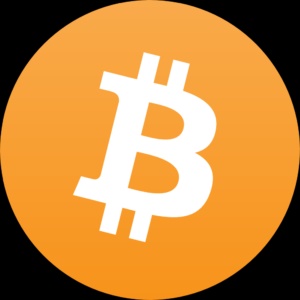WHAT IS BITCOIN?
Bitcoin is a Distributed Ledger Technology (DLT) or Blockchain, in which copies of accounting records are distributed and validated by a multi-user consensus process that independently verifies changes in accounting.
The DLT is a recent and innovative breakthrough that is revolutionizing the foundation of society's transactional infrastructure by creating a platform that enables secure exchanges and records without the need for intermediaries, thus restoring decision-making power to individuals. The Bitcoin payment system is the best-known DTL application.
Bitcoin Technology (DLT) consists of three parts: cryptography, block chain and distributed consensus network (p2p network). Each of these components serves a specific purpose:
• Cryptography provides a mechanism for secure coding of protocol rules in the system and is used to prevent tampering, theft or wrong input of information to the platform, as well as for the generation of encrypted digital signatures and identities.
• The block chain is a public and distributed database in which transactions performed on the network are securely recorded.
• Distributed consensus is the action of the network participants verifying and confirming the certainty and uniqueness of the transactions to generate an irrefutable truth about the transactions in the peer-to-peer (p2p) network.
The technology was conceived by Satoshi Nakamoto, a pseudonym that the group or individual that created the technology assumed and under which the first application of this technology was published on November 1, 2008: "Bitcoin: A Peer-to -Peer Electronic Cash System. " On January 3, 2009, Satoshi launched the first decentralized network with Bitcoin technology and created in it the first cryptoneon with the publication of its Genesis Block: bitcoin (BTC). To the days of its creation, Nakamoto would have realized the first transaction with bitcoins of the history when sending 10 BTC to the deceased cryptographer Hal Finney.
Later, Nakamoto left the project and left it in the hands of a group of developers that is currently known as Bitcoin Core. Wladimir J. van der Laan, Gavin Andresen, Peter Todd, Jeff Garzik, Gregory Maxwell, Pieter Wuille and Jonas Schnelli are some of the most outstanding developers of this team and who manage the progress of the original Bitcoin code. Although they are the ones who give the last word about adding or removing Bitcoin code, any developer can collaborate with the project and propose their improvement codes through the repository in GitHub.

Unlike physical or fiduciary money (the euro, the dollar, the yuan, the bolivar, etc.), the cryptones are not printed. Bitcoins, and other cryptographic coins, are created by people through computers that solve certain mathematical problems to confirm the transactions that the users of the network realize and for which they are rewarded in that currency, a process that is known like mining of bitcoins .
To manage bitcoin, or any other cryptonnet, you need to create a digital wallet or purse, an online application for computers, mobile phones or tablets that allows you to save, send and receive digital coins.
Commonly used the following distinctions: Bitcoin, with capital B, to refer to technology or network, and bitcoin, with lowercase b, to refer to units of the coin.